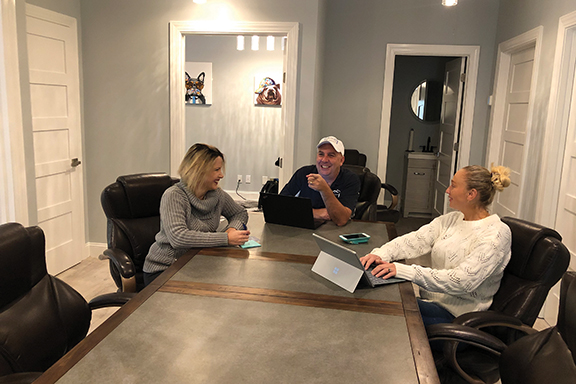Alex Seehaver and Don Cameron
Going From “Putting Your Toe in the Water” to National Recognition Being named the HomeVestors® National Franchise of the Year for the fifth time over the last ten years is no small feat. Yet that is exactly what happened to Donald Cameron and Alex Seehaver of Hi-Land Properties, an independently owned and operated HomeVestors franchise headquartered in West Palm Beach, Florida. Hi-Land Properties is one of more than 1,100 independently
Read More












